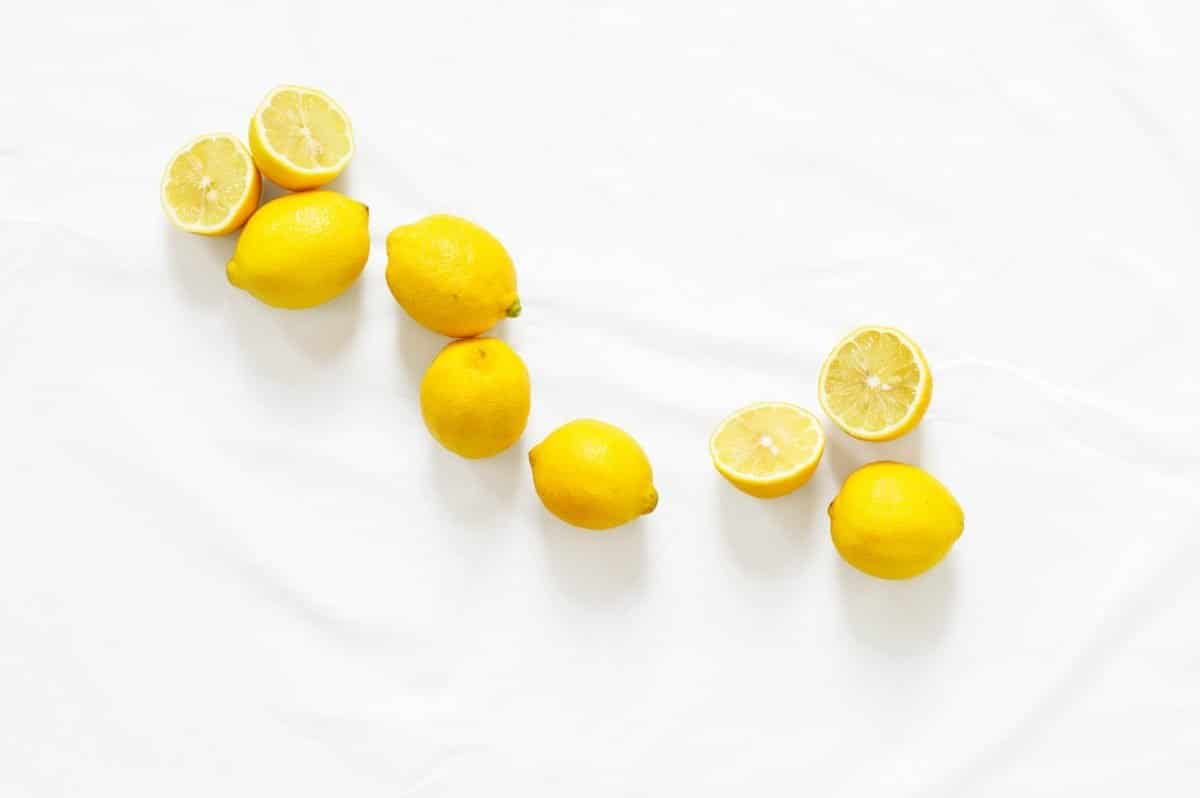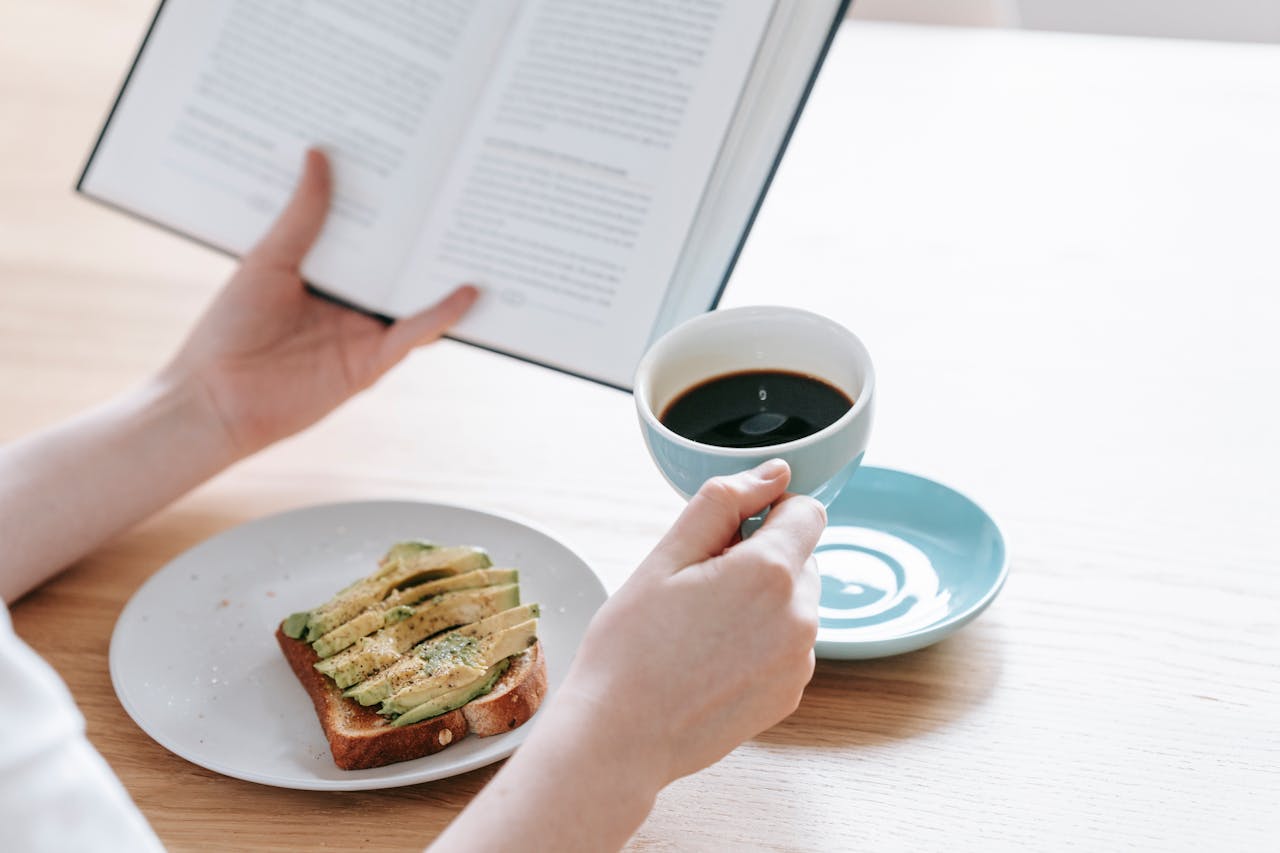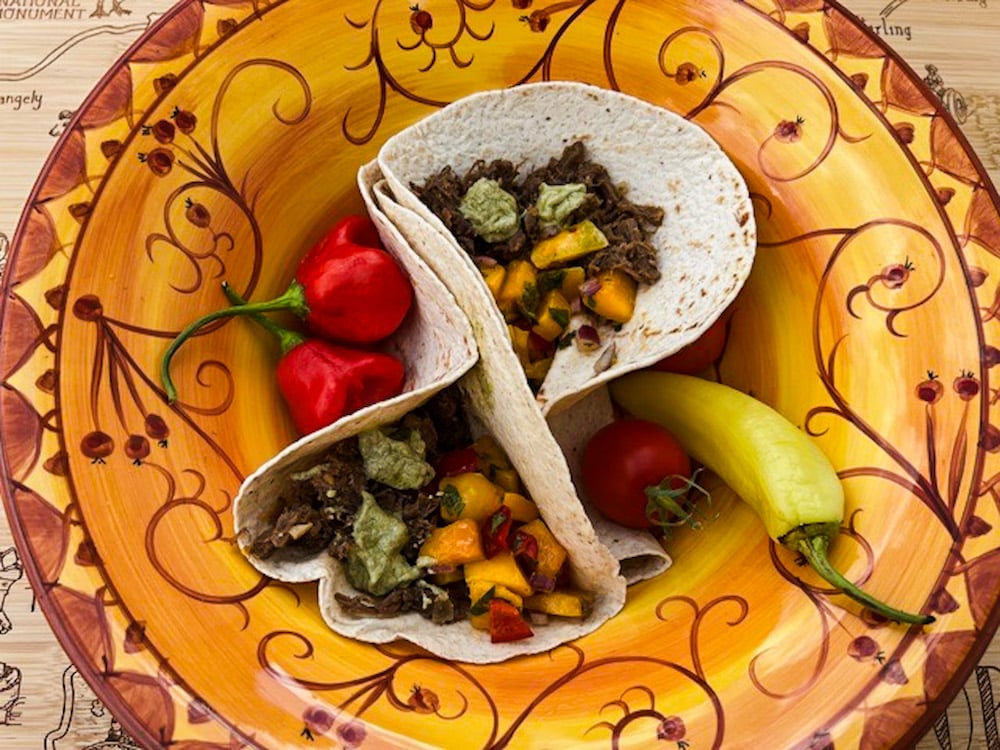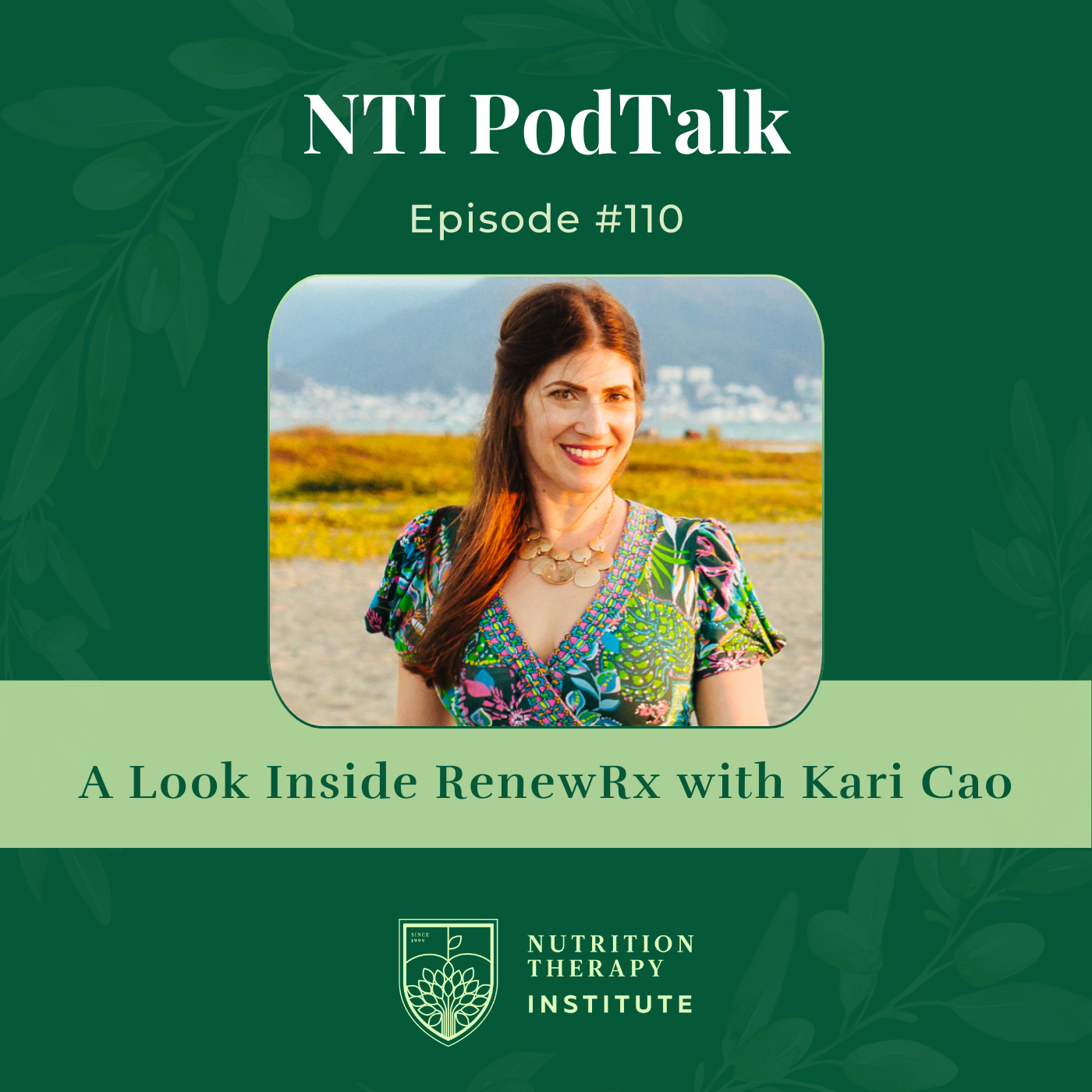
Share this post!
We all want to be healthy. We buy organic food, purify our drinking water, and exercise daily. Despite our most valiant efforts to maintain a clean lifestyle, however, we cannot completely avoid exposure to toxins.
There are more than 27 million synthetic chemicals on the planet, and as many as 100,000 are in commercial production. We are exposed to phthalates in our plastic food containers, herbicides on our playing fields, and brominated flame retardants in our indoor air.
Our liver, kidneys, and bowels work around the clock to metabolize chemicals and eliminate them from our bodies. Our metabolic pathways of detoxification are so efficient that many of us don’t notice any adverse effects of the chemicals we encounter every day.
The fact that we don’t notice any harmful effects, however, does not mean that toxins aren’t taking a toll on our bodies. Chemicals accumulate in body tissues over time and only lead to symptoms or disease when the amount reaches a tipping point.
Everyone can benefit from occasionally setting aside time to be proactive about supporting their detoxification systems. One way to do that is with a cleanse.
If the thought of doing a “cleanse” or a “detox” overwhelms you, please keep reading. There are dozens of ways to do a cleanse. Some cleanses are extremely strict and involve fasting for several days. Other cleanses are extremely simple and require only slight changes to your current routine.
This article gives you six steps to follow for a simple spring cleanse. If you can wash vegetables, you can follow this cleanse. Follow these steps for just 14 days, and you will come out the other side feeling light, refreshed, and energized to take on summer with zeal.
Let’s dive in.
Step 1: Drink Water
Think about all of the ways your body eliminates toxins—through bowel movements, urine, and sweat. All of these elimination pathways rely heavily on water.
When you start to become even mildly dehydrated, the body sequesters water from the intestinal tract and kidneys. The stool dries up (leading to constipation), and you urinate less. That means toxins are not efficiently eliminated and recirculate through the body.
Most people don’t drink enough water. An excellent place to start is by drinking half of your body weight in ounces. That means a 150-pound person should drink 75 ounces of water per day. Add more ounces when you exercise, live in a dry climate, or go to a higher altitude. It also helps to drink more during a cleanse.
If you think plain water is boring, try sprucing it up by tossing in some slices of fruit (like watermelon, strawberries, cherries, or oranges). Herbal teas also count toward your daily water intake. The most important thing during a cleanse is to drink water in place of less healthy drinks (like soda, coffee, beer, and wine).
Step 2: Eat Vegetables
People often get worried about what they can or cannot eat during a cleanse. Some people think they shouldn’t eat food at all. There are a lot of different ways to do a cleanse—and no absolute RIGHT way.
Start by committing to eat one degree healthier than your regular dietary habits. Eliminate the things that you know aren’t serving you—like candy, cookies, fried foods, and processed meats.
Once you eliminate the worst offenders, add in foods that support detoxification. Aim for nine servings of fruits and vegetables each day. Eat nuts, seeds, and coconut oil as sources of healthy fats. Eggs are an excellent source of protein to include during a cleanse, and eating meat is optional. If you include animal products in your cleanse, be sure they are organic to avoid unnecessary pesticides or other toxins.
Keep your meals simple. Eat eggs and vegetables for breakfast, a big salad for lunch, and vegetables with a small amount of meat or whole grains for dinner.
Include some foods that are especially helpful for supporting healthy detoxification and cleansing:
- Lemons (add slices to your water for a boost of vitamin C)
- Cilantro (try cilantro pesto)
- Watercress, dandelion greens, and other leafy greens (spruce up your salads with variety)
- Brussels sprouts, broccoli, and cabbage (cook up cruciferous vegetables every night)
- Beets (roast them in advance, and enjoy on your salads)
- Garlic (add fresh garlic when cooking your veggies)
Going on a cleanse does not mean you need to starve. It simply means making healthier food choices than you are currently in the habit of making.
RECIPES >> Roasted Squash and Beets in Tahini Sauce, Farmers Market Carrot Top Pesto, and Preserved Lemons
Step 3: Take Supplements
Supplements can support liver detoxification pathways and healthy elimination. Consider taking one supplement from each of these three categories:
- Protein Powder. Many people choose to avoid meat during a cleanse and need alternative sources of protein. A high-quality protein powder provides the amino acids to repair, rebuild, and support detoxification enzymes. For a quick detox smoothie, blend protein powder with frozen fruits and fresh vegetables.
- Liver-Supportive Herbs and Vitamins. The liver plays a central role in processing toxins so they can be eliminated from the body. Liver enzyme systems need B vitamins, magnesium, zinc, and many other nutrients. Look for a comprehensive product for liver support in your health food store.
- Fiber Powder. After chemicals are processed by the liver, they need to be eliminated from the body. It’s essential that you have at least one bowel movement a day during a cleanse. Supplement 1-2 tablespoons of fiber powder per day to support healthy elimination.
Step 4: Exercise
Exercise gets your circulation and lymphatics flowing, which helps mobilize toxins for elimination. Exercise also promotes sweating, which is releases toxins from the body. Match the intensity of your workout to your energy level. Some people find that have less energy during a cleanse, in which case, it’s fine simply to go for a walk. The key is to get your body moving every day.
Step 5: Sauna Bathe
Bathing in a dry sauna is proven to mobilize and eliminate toxins from the body. The blood, urine, and sweat study reported that sauna bathing induces the release of pesticides, flame retardants, and other toxins in the sweat.
If you have access to a dry sauna, try sitting in there for 10 minutes at a time, followed by rinsing in a cool shower. You can repeat this up to three times. The alternating exposure to hot and cold stimulates circulation, while the sweating promotes detoxification.
Step 6: Relax
Cleansing is important for the body, but it’s also important for the mind. A cleanse is an opportune time to let go of emotional attachments that have been holding you back. Take a few minutes each day to meditate, journal, or sit quietly by yourself.
Pulling Together a Spring Cleanse Plan
If you have never done a cleanse—or if you need a quick refresh—start with the six simple steps outlined here. You can commit to as much or as little as you want. Prepare by purchasing fresh foods and supplements. Eliminate three of the least healthy foods you typically eat and add three detoxifying foods a day. Choose a date to begin and follow your cleanse for at least 14 days.
You may or may not notice immediate benefits from doing a cleanse. Some people lose weight, feel more energy, or see improvements in things like joint pains or seasonal allergies.
Whether or not you notice immediate benefits, know that a cleanse is doing your body a big favor. You can’t control the number of chemicals you encounter every day, but you can support your body in becoming more resilient in the face of those toxins.
About the Author: Sarah Cook, ND, is an instructor at the Nutrition Therapy Institute. She is also the owner of ND Pen, providing branding, copywriting, and website design services for integrative healthcare practitioners. Connect with Sarah at ndpen.com.
About Nutrition Therapy Institute’s Holistic Nutrition Certification
Nutrition Therapy Institute (NTI) is a leader in holistic nutrition education. Since 1999, NTI has provided students with the highest quality in nutrition training by offering comprehensive holistic nutrition courses online and in-person to help students achieve thriving careers as holistic nutrition therapists in the field of holistic nutrition counseling and wellness.
Interested in starting our holistic nutrition courses and earning your holistic nutrition certification? Attend an informational webinar to learn more!
Image by Lauren Mancke is free for use by Unsplash
Share this post!




















